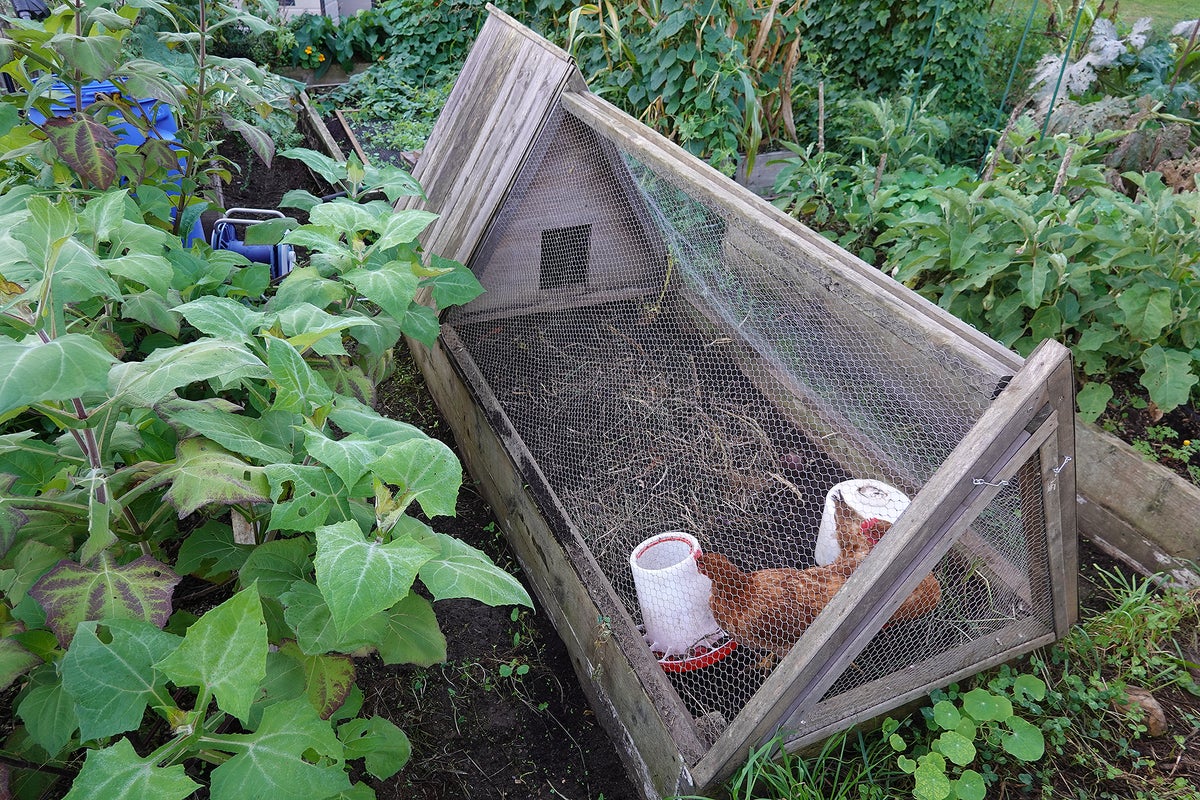How to Protect Pets and Backyard Chickens from Bird Flu
As bird flu outbreaks continue to affect animals, experts answer questions about keeping pets and their owners healthy
With avian influenza blowing up egg prices and killing chickens around the country at an alarming rate, the U.S. Department of Agriculture recently announced a strategy to combat outbreaks. The $1-billion dollar plan will primarily aid poultry farmers—but it will also reduce regulations on backyard coops to alleviate pressure on the egg industry. Meanwhile the virus continues to infect cattle and other animals, including cats and rodents.
Where does that leave people with pets or backyard chickens? Scientific American spoke with experts about managing bird flu risks for animals and their owners.
If you’re enjoying this article, consider supporting our award-winning journalism by subscribing. By purchasing a subscription you are helping to ensure the future of impactful stories about the discoveries and ideas shaping our world today.
The current circulating strain of highly pathogenic H5N1 avian influenza is particularly deadly in cats—around two thirds of those infected will die, says Jane Sykes, a veterinarian at the University of California, Davis, who specializes in infectious diseases in cats and small dogs. Dogs can be infected as well, but they seem to be more resistant to getting ill. “If dogs were as susceptible as cats, we would have seen it by now,” Sykes says.
Eating raw food amplifies a pet’s risk, Sykes says, because that can expose them to meat that is contaminated with bird flu or other pathogens. Animals that live on dairy farms or that have access to unpasteurized milk also have elevated risk because research has found raw milk from infected cows has very high levels of the virus. Likewise, cats and dogs living on a poultry farm or with backyard chickens are more likely to be exposed to the virus.
Keeping cats indoors greatly limits their exposure to wild birds and bird feces, both of which can carry the virus. Feeding pets heat-processed, commercial food can help them avoid exposure. If you prepare homemade meals for your animal companions, make sure meat is cooked to the correct temperature: 165 degrees Fahrenheit (74 degrees Celsius) is recommended for poultry, for example.
Experts generally recommend making sure your pets avoid any dead animals, not just birds. Rodents have also tested positive for H5N1, and while it has not been confirmed that they can be a route of transmission to other animals, Sykes says that is possible.
Following these steps significantly lowers the chance that pets, particularly more vulnerable cats, will get sick. Sykes notes that relatively few cats are known to have been infected, but reported cases are likely a tiny fraction of what exists out there. “I think it does represent the tip of the iceberg,” she says.
Chicken owners who hunt waterfowl can also put their flock in danger if they wear their hunting garb in the coop. Their clothes or shoes could be contaminated after they have spent time in wet habitats. The U.S. Centers for Disease Control and Prevention also notes that tools used to clean game should be kept away from domestic poultry and pet birds, among other recommendations for hunters.
Chickens infected with highly pathogenic avian influenza will often stop laying eggs and will typically quickly die. Ideally, if a bird dies, it should be tested by a state veterinary lab, Pitesky says. If the lab confirms the chicken died of bird flu, the rest of the flock will need to be culled.
In the U.S., most confirmed human cases of poultry-transmitted bird flu come from commercial poultry farms. But at least two human hospitalizations in the country, including one resulting in death, have been linked to backyard flocks. In both cases, the people who were infected had underlying health conditions that made them more vulnerable to severe disease. There is always going to be a risk of contracting the virus from backyard chickens, yet following proper safety measures will lower it. The chance of getting Salmonella from backyard-raised eggs is probably still higher right now, Pitesky says.
The chance of catching bird flu from pets is also relatively low. Because of the proximity of pets at home and the fact that the virus is shed through body fluids, including saliva, however, there is still a real transmission risk, Sykes says.
There are currently no confirmed cases of transmission to humans from infected pet cats. But recent a CDC report on H5N1 infections in two pet cats in the homes of dairy workers has prompted some researchers to suggest humans might transmit the virus to their felines.
As with most infectious diseases, an important preventive practice is handwashing. Soap up after handling things that contact wild birds, such as bird feeders. If you have a backyard flock, wash your hands after you have touched any chickens or eggs or have cleaned the coop. Wear a designated cleaning outfit and shoes that don’t come in the house, Pitesky says. The CDC also recommends donning other protective gear such as an N95 or surgical mask and goggles when mucking out the coop. Also, clean up any spilled feed that would attract wild birds or rodents. Experts additionally recommend enclosing animal pens and coops with fencing––including on top––to keep spaces free of rodent and wild birds.
And getting a flu shot will help reduce the chance of seasonal influenzas mingling with H5N1 if you are exposed to bird flu. That can potentially result in the viruses mixing genetic material and creating new human-adapted strains. “To me, this is the worst animal disease outbreak we’ve ever had,” Pitesky says. “And we don’t know how to control it at this point.”
Source: www.scientificamerican.com
